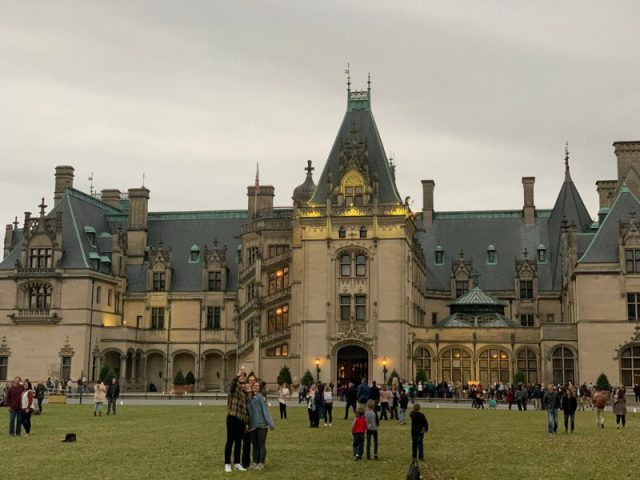
Intentional vs. Interstitial Generational Lifestyles
November 19, 2018
Is there a correlation between the way we consume media and the way we buy homes?
Photo Via: Moving.com

Our November Reverie Journal explored the concept of intentional vs. interstitial media. Intentional media is that which is consumed with a full attention span, while interstitial media is that which is consumed during the in-between moments of life. Is there a correlation between the way in which we consume media and our lifestyle? Is there also a correlation with teh way we purchase homes? Is the impact of technology and media consumption different via generation?

While interstice is not a new concept, it is a relatively new in relation to media consumption. Was there interstitial media before the adoption of social media? Or have platforms such as Instagram, Snapchat and Facebook created the need for a separate media classification from movies, TV shows, etc.? Radio is now categorized as interstitial media as you listen to it on your way to/from work in the car. However, it used to be considered intentional media as the whole family gathered to listen prior to television. Out of necessity and to stay relevant, many of the “older” media platforms are changing from intentional to interstitial consumption.
It is my opinion that the increasing connectivity of technology in day to day life has changed the way each generation consumes media. It has also changed the way generations consume almost all commodities.
Baby Boomers did not grow up with the ability to listen to podcasts or watch Netflix on their phones- Netflix wasn’t even invented! Nor were cell phones, for that matter. All media was consumed with intention. As college students, going to a movie was a special event and the whole family watched the same TV show, all in one room as many families had only one TV. We did not have the ability to stream movies from a device in our pockets to fill the space while waiting for a train, to board an airplane or while sitting in the back of an Uber. As technology has become more mobile and continues to advance exponentially, it integrates even more seamlessly within the day to day life of each consecutive generation. Gen Alphas (age 7 and under) have been surrounded by digital connectedness since birth, with kids learning to talk to Alexa at the age of 2. The media they consume is almost inherently interstitial as it has simply become a part of who they are and their daily activity.
Baby Boomers, and even Gen X’ers are much more intentional about their living environments than that of their Millennial and Gen Z counterparts. Boomers and X’ers are building and designing houses/condos they plan to retire in. While they may renovate and update, they are doing so with intention, purposefully creating a home for their future. Millennials and Gen Zer’s are much more fluid about the environments in which they live. The rental rate for ages 25-34 is at an all-time high as this generation is unwilling to commit to buying a house/condo (much less renovating it), because they aren’t sure they will live there for the next 5-10 years. They treat their rented apartment like interstitial media; it is the “in-between” before the next move or the next job, possibly to another city. The trend in rental apartments is to have smaller living spaces and larger common or communal areas with lots of amenities, more like a hotel. A place to sleep and maybe eat, but not a place to call their own or worthy of their sweat equity. This concept of home is different than the generations before them. What does this mean for the future of homes and interior design? Have Millennials simply delayed the purchase of a home because they have also delayed getting married and having children in comparison to previous generations? Or do they simply view homes interstitially? One stop of many along the path of life.

Share
You Might Also Like
Find us on Instagram














